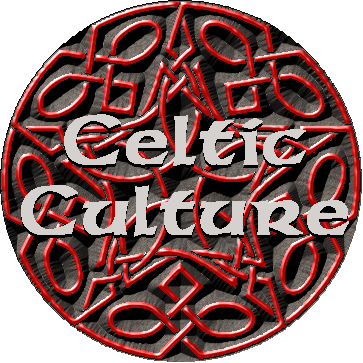 |
 |
      |
Archaeology
Archaeology is perhaps best thought of as the study of past ways of life. To pursue this study, archaeologists focus on the relationship between the material objects made by past peoples, on the one hand, and the makers' behavior, on the other. Sometimes written records help; often no such records exist.
In previous centuries archaeologists were content simply to find objects. Today, armed with computers, laboratory analysis, theories about society and culture, and a wide range of questions about human behavior, they may try to reach into the minds of those who made and used the artifacts. Thus their analysis acts as a bridge between the two sets of things: one an invisible realm that includes human ways of survival, religious beliefs, family structure, and social organization; the other a visible, tangible accumulation of material remains such as trash, tools, ornaments, and buildings. The latter group provides the raw material for understanding the former through logical reasoning. In making this all-important link, archaeologists have at least three main goals:
Digging deeper into the archaeology of Celtic times requires a basic frame of reference which I will attempt to construct here.
(Excerpted from Archaeology and You, by George E. Stuart, National Geographic Society, and Francis P. McManamon, National Park Service. Copyright 1996 by the Society for American Archaeology.)
Iron Age: The peroid from the introduction of ironworking to Ireland, conventionally dated to around 400BCE to 250BCE, and extending to the Anglo-Norman invasion of 1170. As the introduction of Christianity to Ireland is not an archaeological event, the term 'Early Christian Period' will not be used except in relation to the VERY early advent of buildings and equipment used solely for Church purposes. For these purposes, the terms 'Early Iron Age' and 'Later Iron Age' will be used instead. Early corresponds to La Tene-type artifacts, while Later refers to artifacts of the mid-period up to the invasion.
|
|
The Sacred Three
My fortress be
Encircling me,
Come and be round
My hearth, my home.
Fend Thou my kin
And every sleeping thing within
From scathe, from sin.
Thy care our peace
Through mid of night
To light's release.


